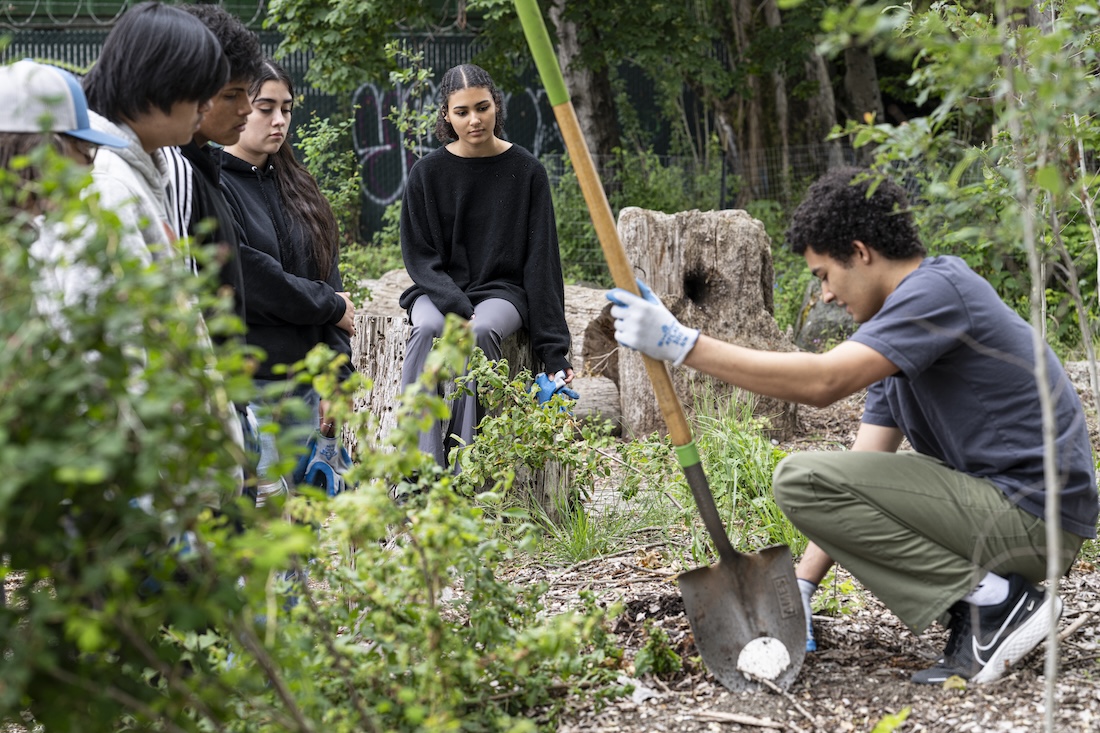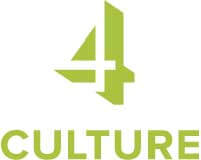waterplant
Laura C. Wright
Gateway Park North and Georgetown Steam Plant
A pair of community dye gardens yield pigments—and connection to the Duwamish River.

Whenever there’s a heavy rain, huge volumes of stormwater and wastewater currently overflow into the Duwamish River, wreaking havoc on its ecosystem.
But that’s about to change. In 2025, King County’s Wastewater Treatment Division (WTD) will begin construction on a new underground storage tank to make sure all that water returns to nature safely. Water collected in the tank will flow to the West Point Treatment Plant, where it will be treated and released into Puget Sound.
For most people, this entire process will take place out of view—which is where Laura C. Wright comes in. Wright is among several artists commissioned by 4Culture to create temporary engagements that grow connections between people and the river while increasing awareness of the Combined Sewer Overflow (CSO) system. waterplant—an extension of a theme devised by Sans façon in their groundbreaking CSO art plan—seeks inspiration in the place where the built environment meets our bodies of water.
Wright collaborated with community organizations in the Duwamish River Valley to source art materials from the landscape. In spring 2024, she planted a native-species dye garden at Gateway Park North with the Georgetown Youth Council as well as a garden at the Georgetown Steam Plant for flowers with historical, cultural, and/or dye value. (The new West Duwamish Wet Weather Storage Facility is not publicly visible or accessible.)
That summer, Wright hosted a series of public workshops focused on ethical plant foraging from the Duwamish Greenbelt, pigment extraction, creating watercolors from pigments, and watercolor painting. She worked with local youth groups and community members to harvest the gardens and make watercolor pigments from the plants; she then shared the pigments at community events where participants painted watercolors that explain the process behind the pigments. She also created a coloring book that explains the lifecycle of water and provides instructions for creating your own pigments and paints from plants. Learn more in our blog post about the project.
“I’m inspired by the parallels of the water treatment process to the pigment filtration process, and this as an entry point for understanding the work that goes into cleaning our wastewater,” Wright says.
Based in Seattle’s Duwamish Valley, Wright is an artist and educator working at the intersections of fiber arts, digital technology, visual media, and participatory practices. Through site-specific installations, interactive projects, and community-based programming, she amplifies stories and histories of the landscape that often go unrecognized. Currently, this practice explores the historical, medicinal, and cultural properties of plants as sources of dyes for textiles, and the ways these properties and stories can be healing. Wright has worked with communities in the Duwamish River Valley for decades as an artist and community educator, including the founding of the Georgetown Super 8 Festival.
